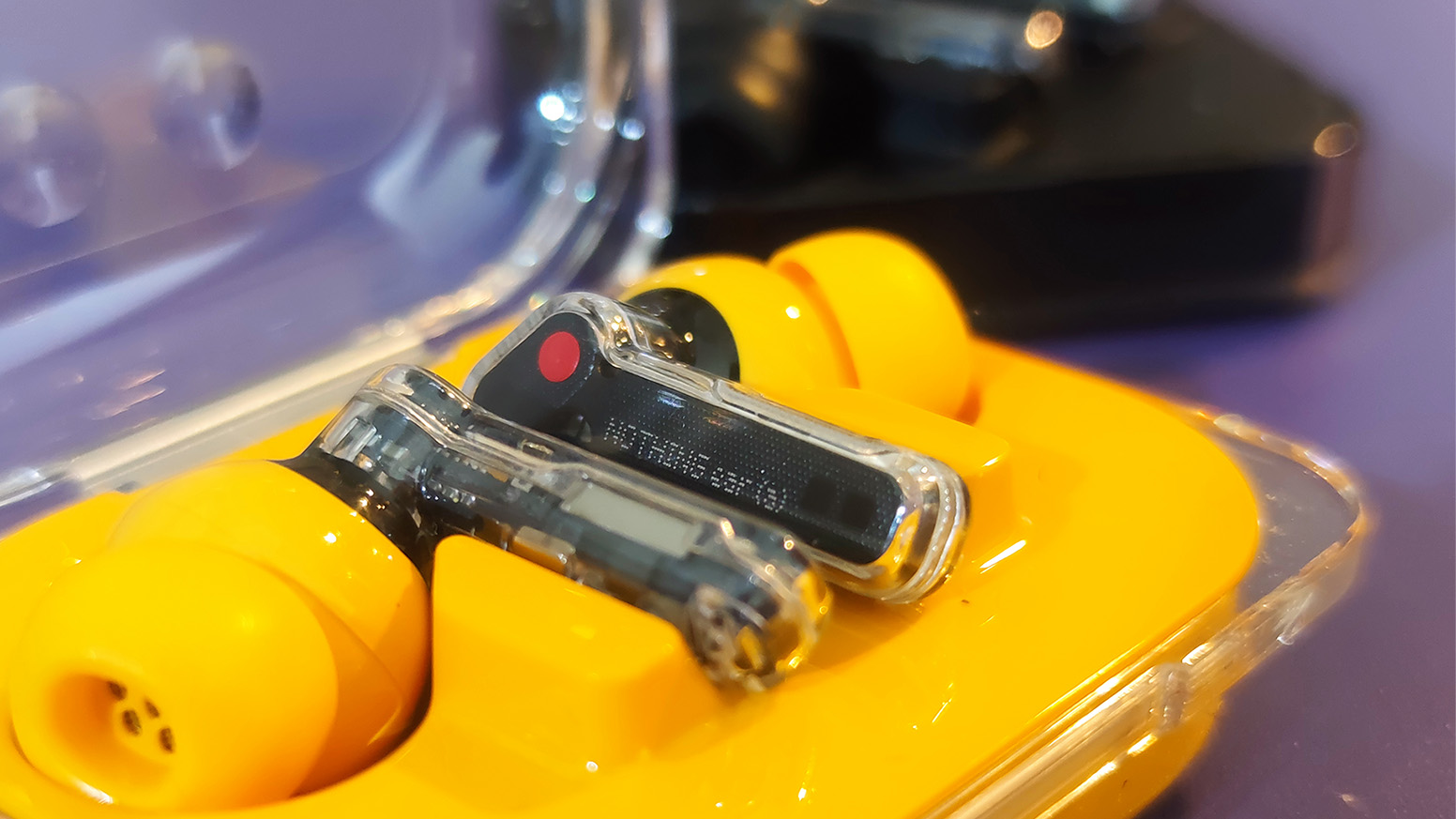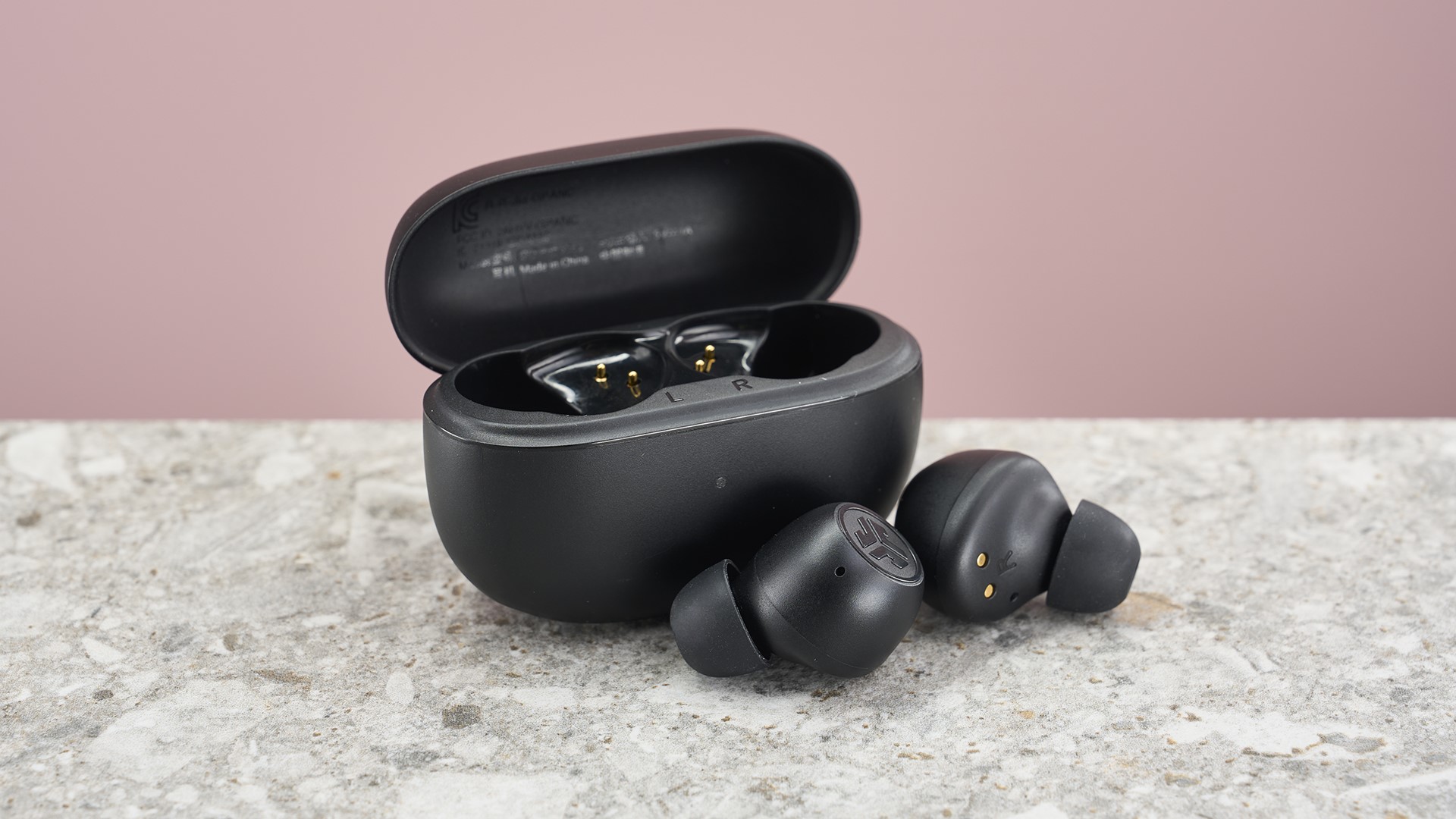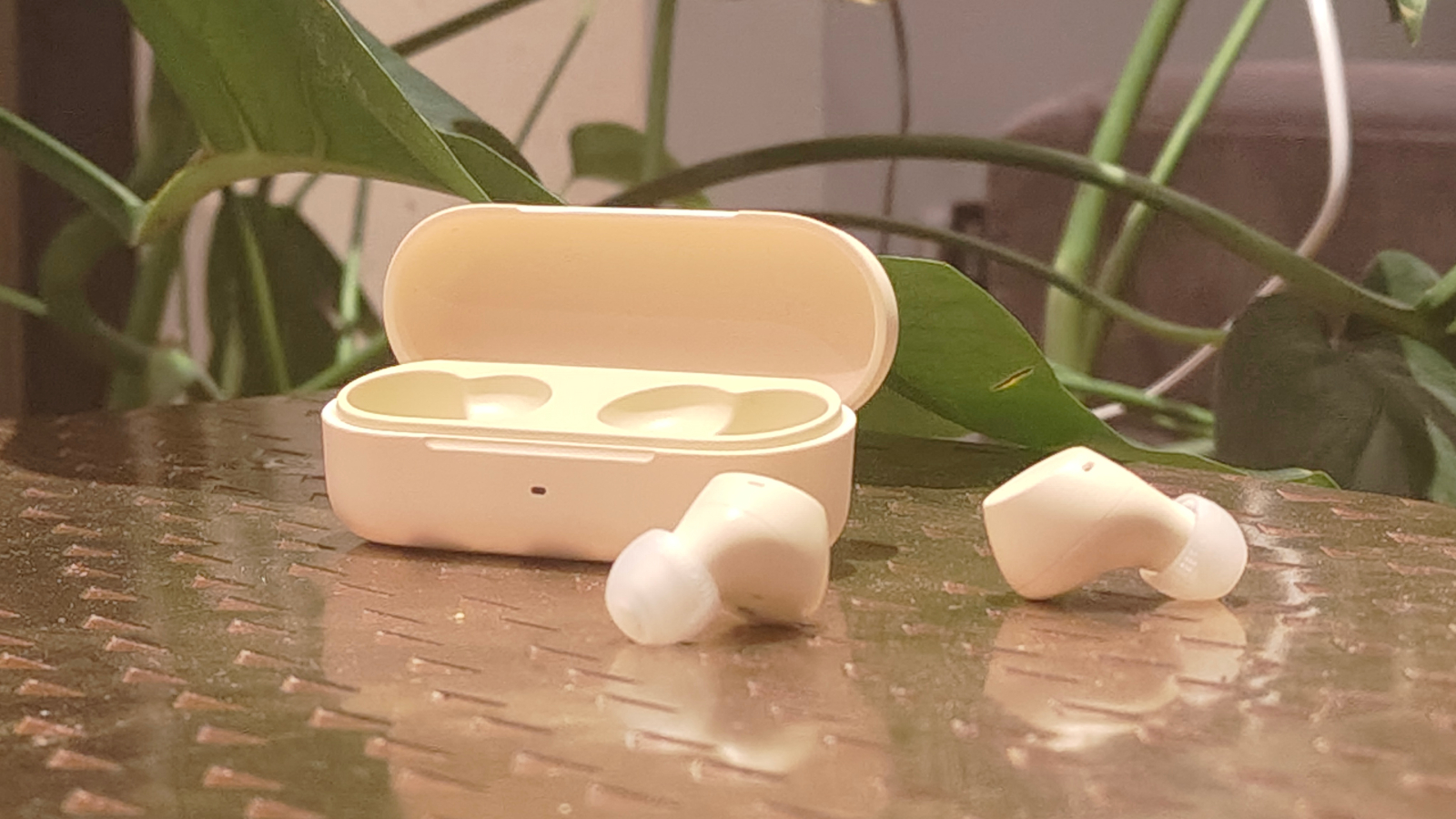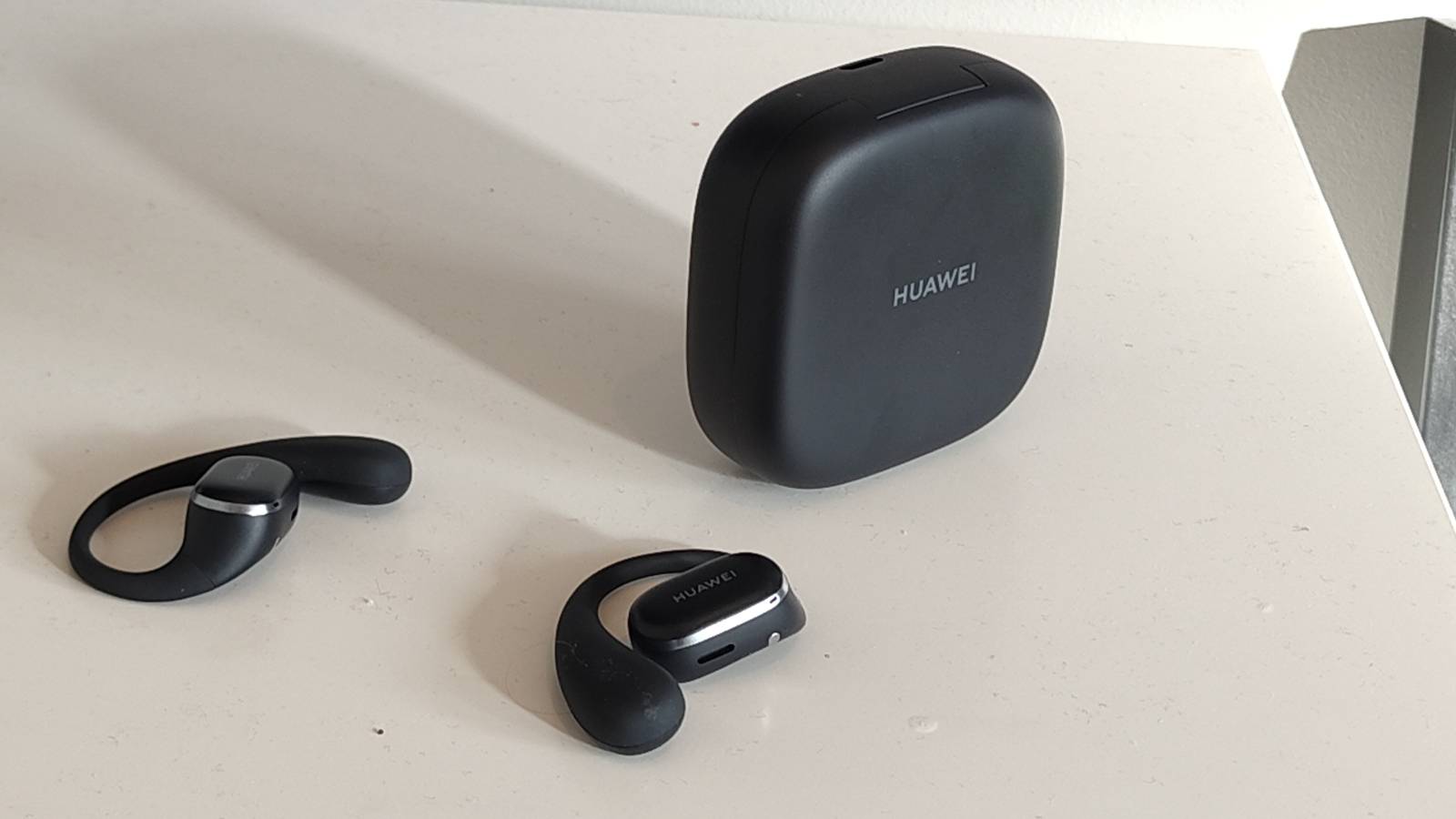Need cheap earbuds right now? Here are the three best options I’ve tested
The three best affordable earbuds I've tested, plus an honorable mention

I review audio products to pay the rent, and yet when I don’t have any tester buds on the go, the default pairs I use day-to-day tend to be from a price bracket we like to call the best cheap headphones or the best budget earbuds. That is to say, in 2025, you don’t need to spend lots of money to enjoy the best headphones or the best earbuds if you know where to look.
And how do you know where to look? Easy: I’m about to tell you. If you’re on the market for some cheap earbuds and need some suggestions, I’ve got the key options to put you on the right track.
I’ve reviewed or tested each of the three options I’m about to list here (except the honorable mention, more on that later), but there’s more to recommend these three products than just my nod of approval; I’ve only selected buds that launched in the last year, and that released for $100 / £100 / AU$200 or less (although some of them have seen price cuts and go for even less!). I’ve also picked earbuds which cross three different form factors – this was unintentional, but if you’re particular about what you need, you’ll be glad to know that there’s one true in-ear, one stem in-ear and one open-ear selection.
Each of the options you’ll find below sound great for their price, but that’s not the only factor I looked at in ranking these buds so highly – I have the controversial opinion that audio quality isn’t the most important metric by which to judge audio products – as they’re also comfortable to wear, have a useful feature set and offer competitive bang-for-your-buck.
Ready to find some new cheap earbuds to enjoy? Let’s take a tour through three great options I’ve tested… after a quick but noteworthy detour past one I haven’t.
Honorable mention: JLab Go Pop ANC

I would’ve included the JLab Go Pop ANC as a full member of this list, however I’ve not used them, which would make the above headline “options I’ve tested” a little misleading. This great little product still needs mention, however, based on how much I’ve heard about them – all from audio experts, too.
The draw to these JLabs is their low price: at $29.99 / £29.99 / AU$69.99, they undercut anything else on this list, and are easily the cheapest earbuds you should consider (don’t give in to the temptation of the Amazon bargain bucket!).
Sign up for breaking news, reviews, opinion, top tech deals, and more.
Despite the low price, the Go Pop ANC sound great by all accounts. Our reviewer complimented the buds’ trebles and mids, as well as its noise cancellation which, I think we can all agree, is a rare feature in buds this cheap.
In fact most of the criticisms of these particular earbuds seems to be in their design, and while I’m all about funky-looking headphones, there’s nothing wrong with a boring-looking bud if you’re not paying for anything more.
So if you need really cheap headphones and don’t want ones that sound like those free wired buds you get on airplanes, the JLab Go Pop ANC will be that option.
1. Sony WF-C510

Sony has loads of headphones and earbuds on offer, but you don’t really need to stretch to its pricier sets when it sells the likes of the WF-C510. These buds cost $59.99 / £54.99 / AU$109 and went on sale in September 2024, and six months on from release, I’m already easily finding them for a reduced price.
I really enjoyed the Sony WF-C510 due to the punchy audio they offered, which isn’t something you can say about many options at this price point. That’s particularly true of trebles, so vocals and guitars sounded great, and the buds didn’t exhibit many of the signposts of cheap buds like distorting or peaking when you pumped up the volume.
I know people who love Sony’s WF-C earbuds simply due to how small they can be, and that’s certainly the case here: the buds are light and small, and the case itself is a tiny pill-shaped thing that takes up very little space.
Buyers who want ANC should skip the Sonys as these buds don’t have noise cancellation, but I’m convinced that most of you buyers don’t care about ANC as much as tech brands think you do, so I’m not going to mark it down for that. Plus, the lack of noise cancellation means that the battery life is great at an impressive 11 hours, which is a much more useful feature.
2. Nothing Ear (a)

These are the ‘oldest’ buds on this list, released a year prior to my writing this article, and while I didn’t review them for TechRadar they’re actually my default earbuds when I’m not testing a product. So I’m very well versed in them, and even wrote an ode to them being my favorite buds of 2024.
When they launched, the Nothing Ear (a) cost $99 / £99 / AU$192, and it goes without saying that a year has brought a couple of price cuts (not as many as I’d have expected, though!). They’re officially the budget alternative to the Nothing Ear but, between you and I, are definitely the attention-grabbing option of the two. And I’m not just talking about that vibrant yellow-and-see through color option they come in.
I love how the Nothing Ear (a) sound – they have the best bass of any earbuds I’ve tested and it’s not even close, with various bass booster or equalization modes letting you tweak to a large extent exactly how much you want your ear to be tickled. It’s a fun sound that really puts the ‘cheerful’ in ‘cheap and cheerful’.
The design is, it goes without saying, fun but divisive – but I like them. The case is also really lovely and small and the buds have some of the best buttons I’ve ever seen, as simply pinching the stems plays or pauses your music. I’m so fed up with bad gesture controls or hard-to-press buttons on earbuds and the (a) is a breath of fresh air. Or is that a breath of fresh (a)ir?
In our review we noted that a symptom of the price is the lack of hearing tests (something other Nothing buds have). But you’re still getting an easy-to-use equalizer, LDAC support and robust ANC – something you can’t say about the other options on this list.
3. Huawei FreeArc

We move onto our newest earbuds: the Huawei FreeArc were released in February 2025, and they’re a bit different from the other options on this list because they’re open earbuds (you'll find them in our guide to the best open ear headphones). That means the bud hovers above your ear, letting surrounding sound in as well as your music, and this form factor has become all the rage in the first few months of 2025.
The Huawei FreeArc launched at the same price as the Nothings mentioned above: £99.99 (no US or Aus pricing has been revealed yet). However I’ve already seen them discounted by about the same amount as the Nothings, so they’re again pretty affordable.
Open earbuds often sound horrible – it’s hard to get pleasing audio when the bud is a distance from your ear canal – and the Huawei are the best-sounding ones I’ve tested. There’s an expansive soundstage and a zesty tone, and while ANC would be lovely (it’s uncommon in open earbuds, but not unheard of), the max volume is still high enough to ensure you can enjoy music.
The FreeArc are comfortable and convenient to wear – again, uncommon in open-ears, with the competitive price undercutting most contemporary rivals.
If you’re an audiophile who’s curious about this burgeoning form factor, I’d say avoid it; open earbuds can be hit-and-miss sonically. The fact that they're not creating a seal between the driver neck and your ear canal is a key factor there – although if you're budget's a little stretchier, the Honor Earbuds Open prove it can be done well (and yes, with an impactful bass response).
However, if you're strapped for cash but you think you’d benefit from buds like it (running one of the big marathons? You likely won't be permitted to wear in- or over-ears), the Huaweis are definitely your best option so far. They sound great and they’re cheap; what else do you need?
You may also like
- Need ANC? See our pick of the best noise-cancelling earbuds
- Prefer over-ears? Check our roundup of the best noise-cancelling headphones
- Need a portable, beach-ready speaker? Read up on the best Bluetooth speakers

Tom Bedford joined TechRadar in early 2019 as a staff writer, and left the team as deputy phones editor in late 2022 to work for entertainment site (and TR sister-site) What To Watch. He continues to contribute on a freelance basis for several sections including phones, audio and fitness.
You must confirm your public display name before commenting
Please logout and then login again, you will then be prompted to enter your display name.